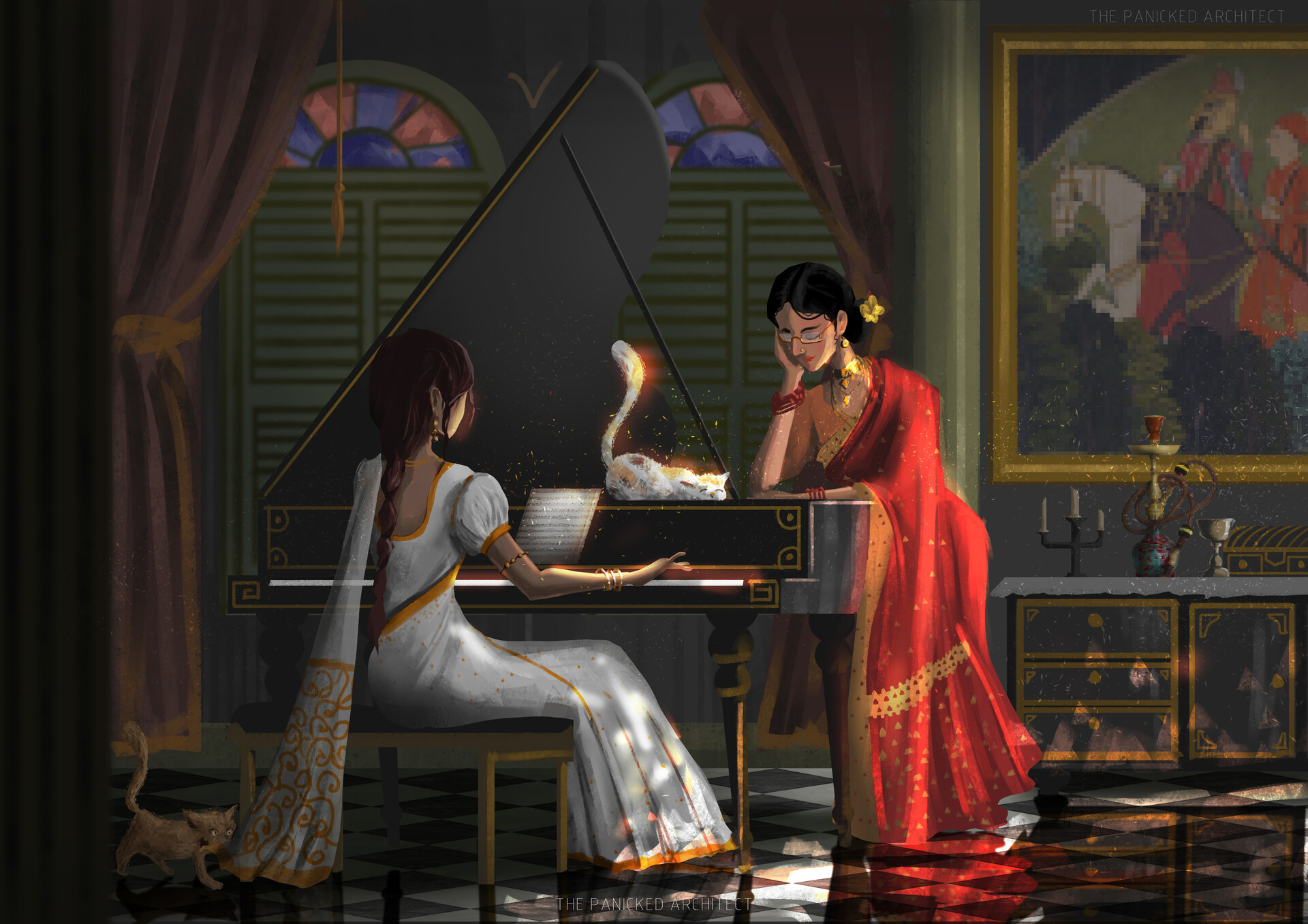
As Gayatri Spivak asks “Can the subaltern speak?”, Tagore, through his novels, short stories, and songs, lends a voice to the subaltern, the gendered female, who have been structurally subordinated to men. One such female is Binodini, the protagonist of Tagore’s Chokher Bali. This essay focuses on a comparative discussion of Tagore’s Binodini from Chokher Bali and some female members of the Tagore family, such as Jnanadanandini Tagore and Sunayani Devi. All of them showcased a form of social iconoclasm and resistance against the patriarchal norms of their time.
Binodini from Chokher Bali
Tagore’s Binodini is an iconoclastic individual, who rebels against the confines of widowhood and is painted with the qualities of grace, intellect and femininity. The bard describes her as an “irate queen bee” who “stings everyone that comes in her path”. She is an individual who is “prepared to destroy everyone around her”.

Aiswariya Rai as Binodini in Rituparno Ghosh’s Chokher Bali
Source – tvguide.com
Binodini, a young widow, challenges the traditional role assigned to her by society and actively seeks agency in her life. She refuses to conform to the expectations of her male counterparts and instead chooses to pursue her own desires, even if it means going against societal norms. She faced numerous obstacles in her life and sought happiness but would crush anyone who stood in her way. She later renounced her material life to seek homage as a widow in Kashi after realising that destroying a happy marriage would be inconclusive.
Comparison of Binodini and women in Tagore’s family
In the context of iconoclasm and feminine empowerment, Tagore’s Binodini from Chokher Bali can be compared to several women from Tagore’s family. One such member was Jnanadanandini Tagore. She was married to Satyendranath Tagore, a member of the Jorasanko Tagore Family and the older brother of Rabindranath Tagore.
Jnanadanandini was a feminist icon who challenged the status quo by advocating for women’s education and empowerment. Being a social reformer, she “pioneered various cultural innovations and influenced women’s empowerment in the 19th century.” She was Bengal’s first fashion designer and is credited with popularising chemise jackets and blouses. She modelled her drapes after Gujarati and Parsi designs.
Furthermore, one can talk about Sunayani Devi. As a writer and social activist, she used her artform to raise awareness about issues such as child marriage and dowry. She was the niece of Rabindranath Tagore and one of the first woman painters in India. Her paintings depicted both mythological and domestic scenes, some of which were inspired by Patachitra. Some of her famous paintings include Milk Maids, Satir Dehatyag and Sadhika.
Although Tagore’s Binodini showcased her iconoclasm by directly going against societal standards, Sunayani Devi’s iconoclasm can be seen in her paintings, more importantly in her depiction of female empowerment. This theme of empowerment is seen in her painting titled “Milkmaids”. The painting depicts three women who are holding hands. The elongated eyes that look at each other “show a sense of friendliness and unity between them”.

Milkmaids
Source – Museums of India
Through this, Sunayani Devi depicts an idea of women who are not only strong and independent, but also supportive of each other. This is a powerful message that challenges the patriarchal norms of the time, and even today. Sunayani Devi’s art is a testament to the fact that change can come from within, and that women can be agents of change in their own right.
Conclusion
Thus, through his passionate and spontaneous work, Tagore lends a voice to women and illuminates their subjugation. His illumination of Binodini’s subjugated existence can be traced in the personalities of Jnanadanandini Tagore and Sunayani Devi, both of whom were iconoclastic personalities like Binodini.
These women were pioneers in their own right, using their voices to challenge oppressive structures that sought to silence them. Through their actions and words, they paved the way for future generations of women to claim their space in society and demand equal rights.
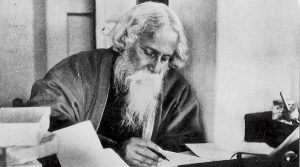
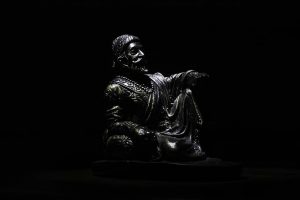


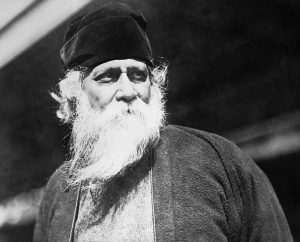
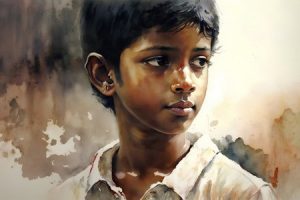
It’s going to be finish of mine day, but before
finish I am reading this great post to improve my know-how.